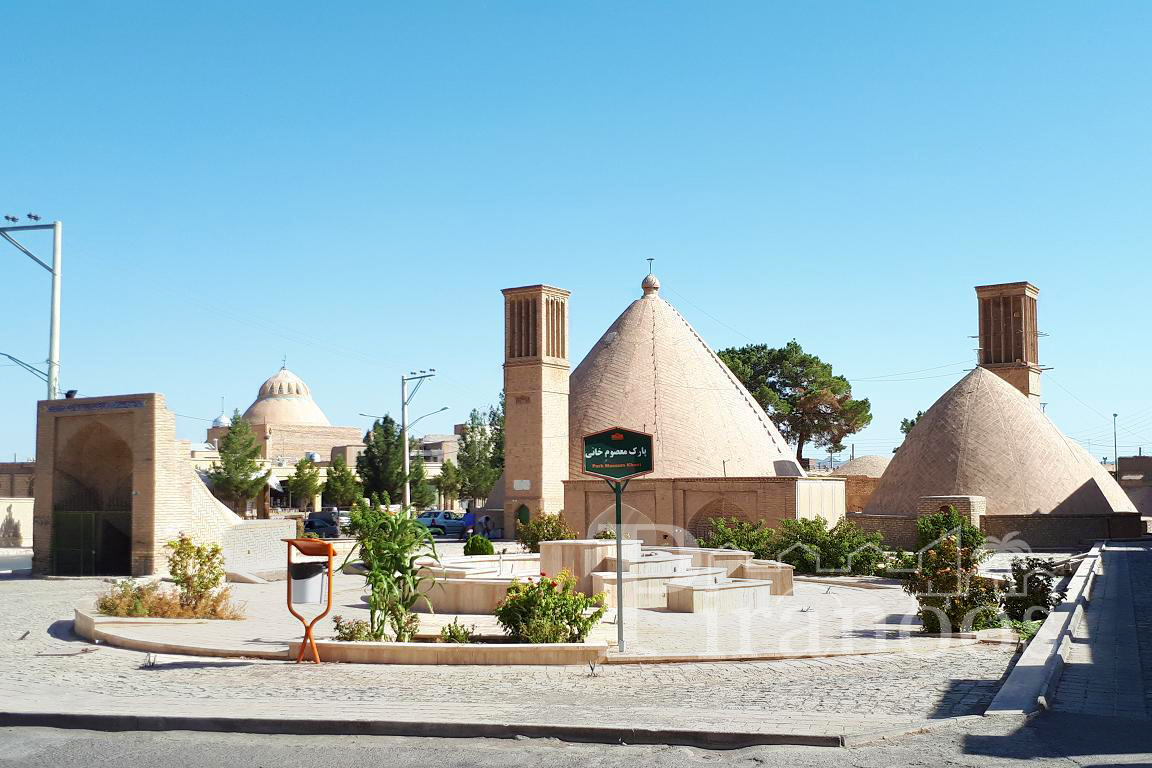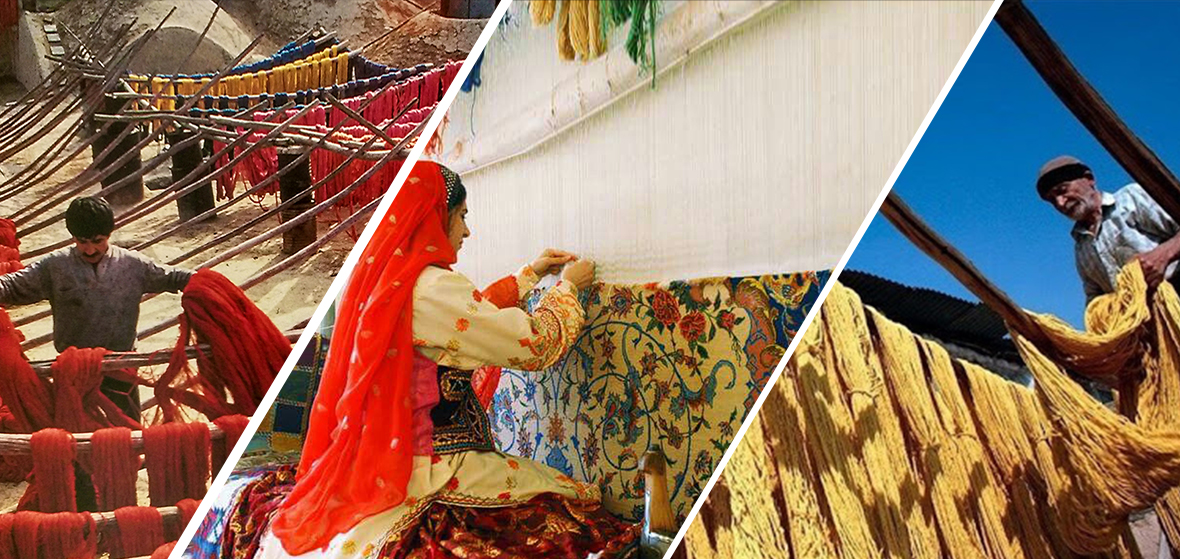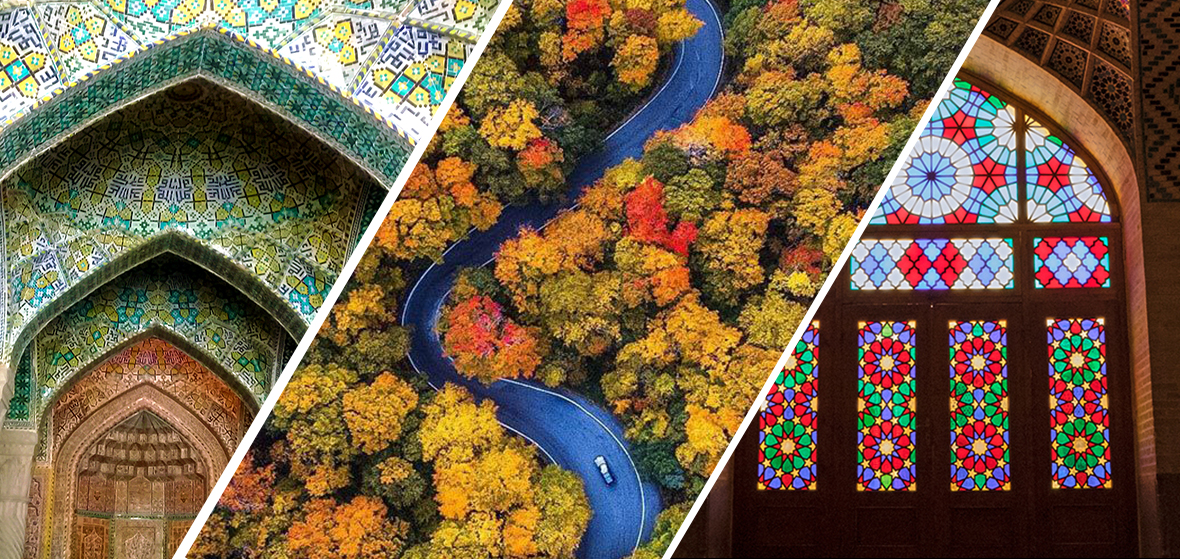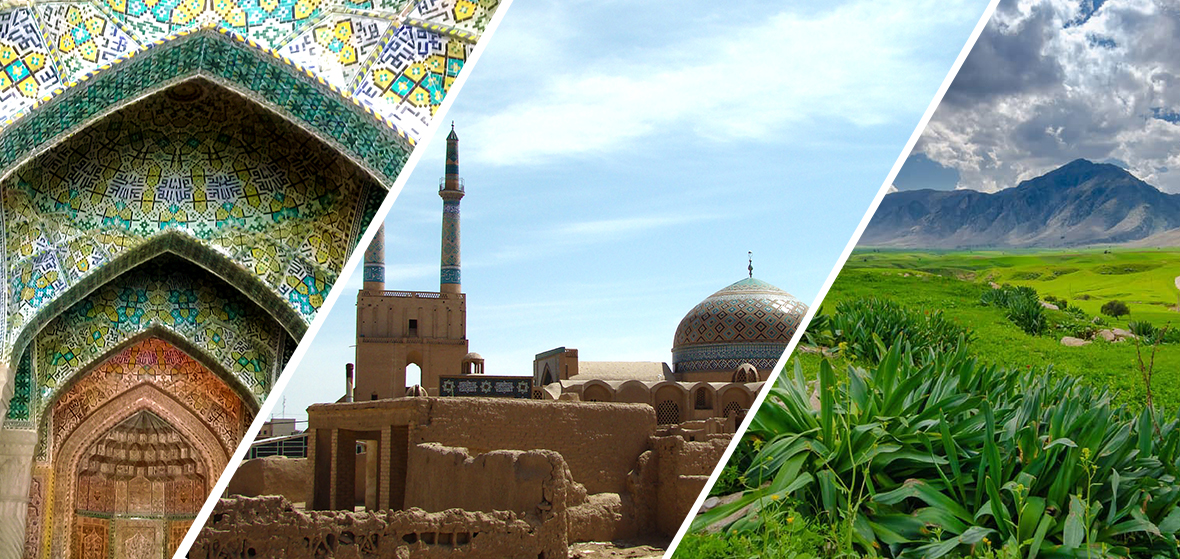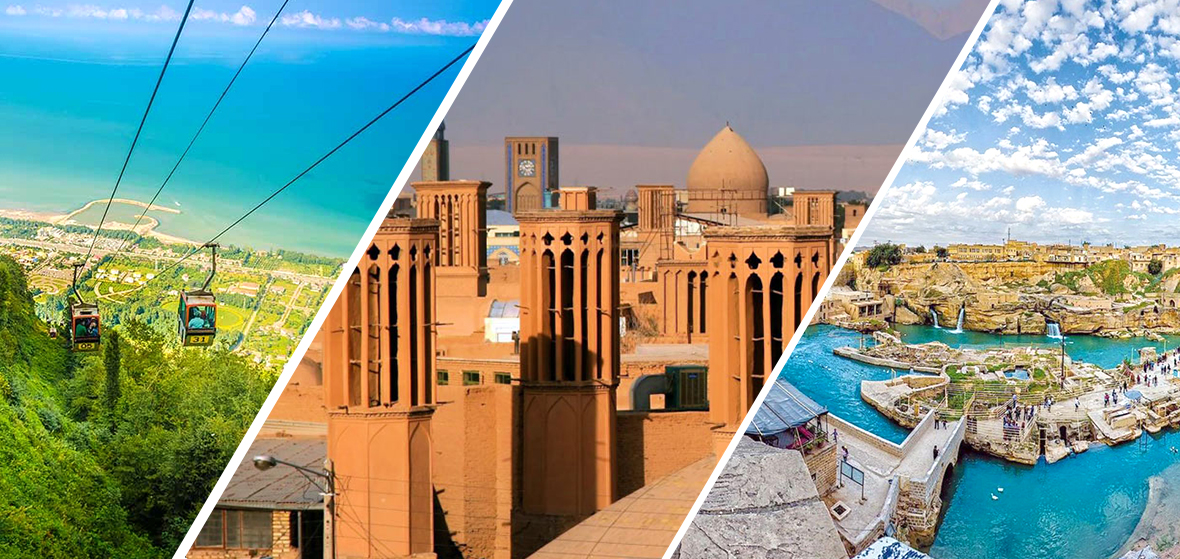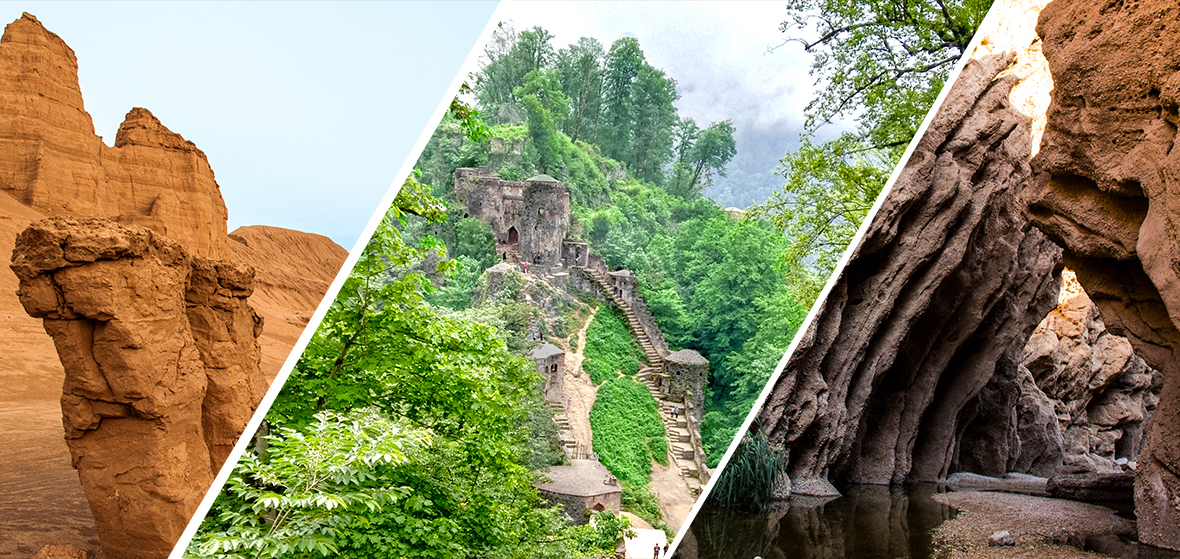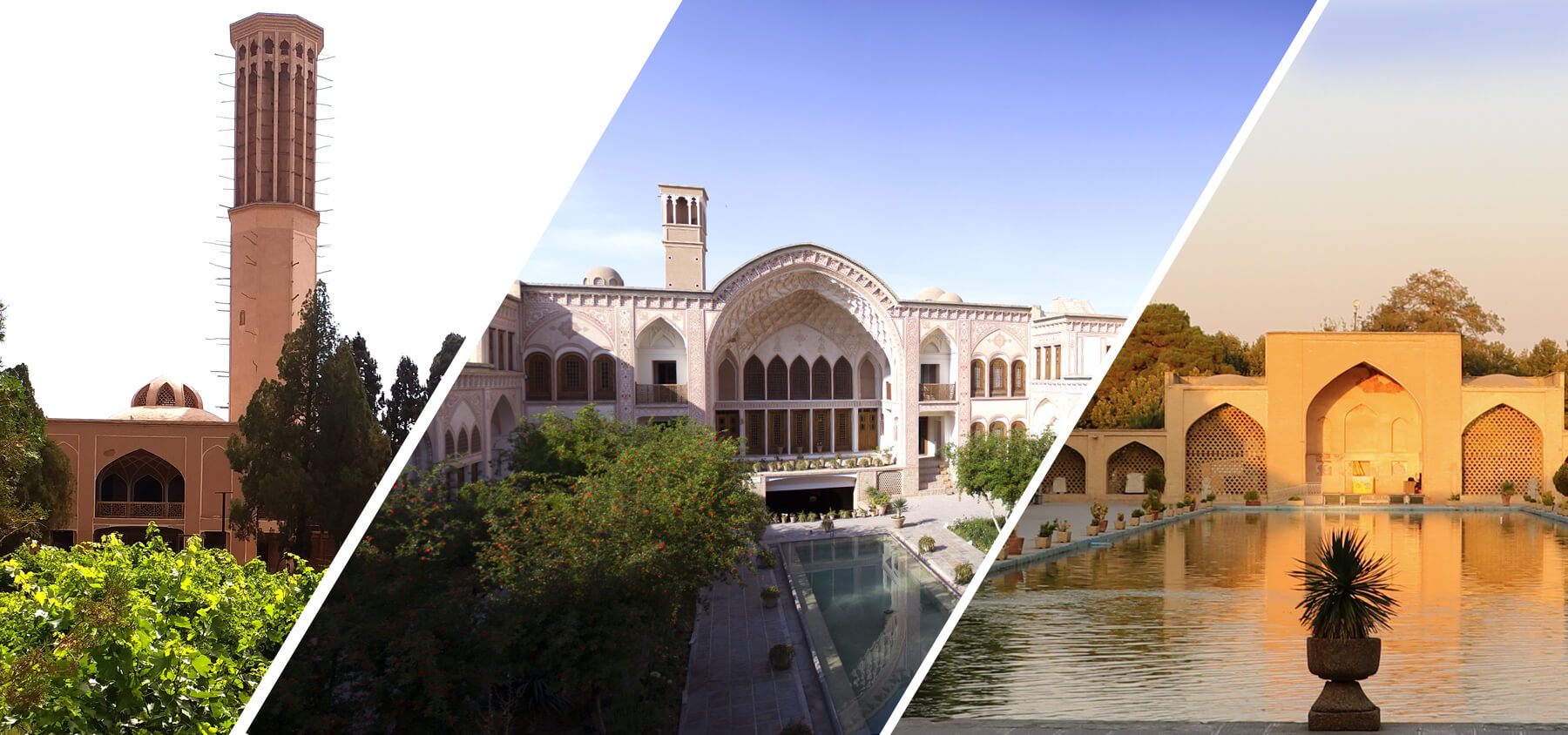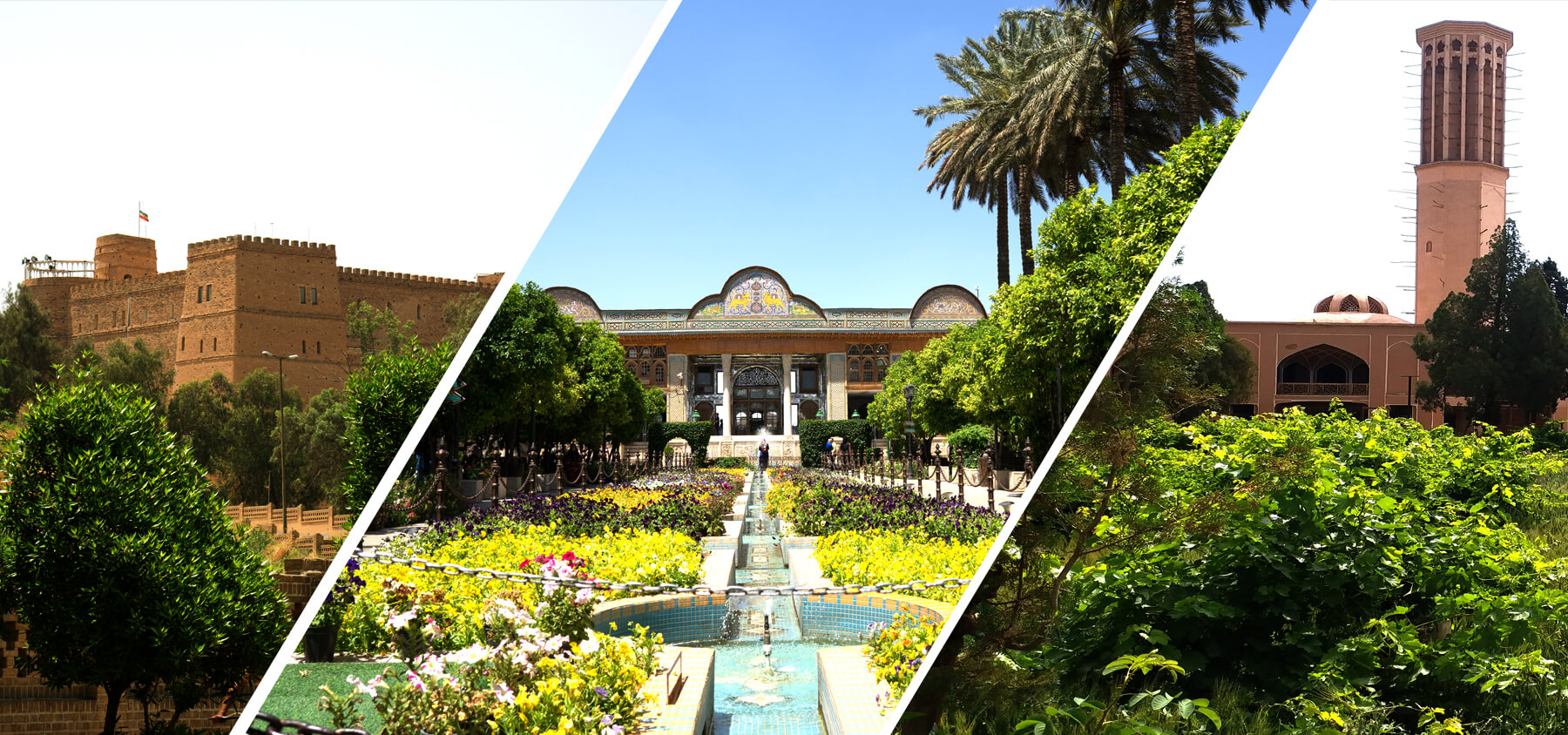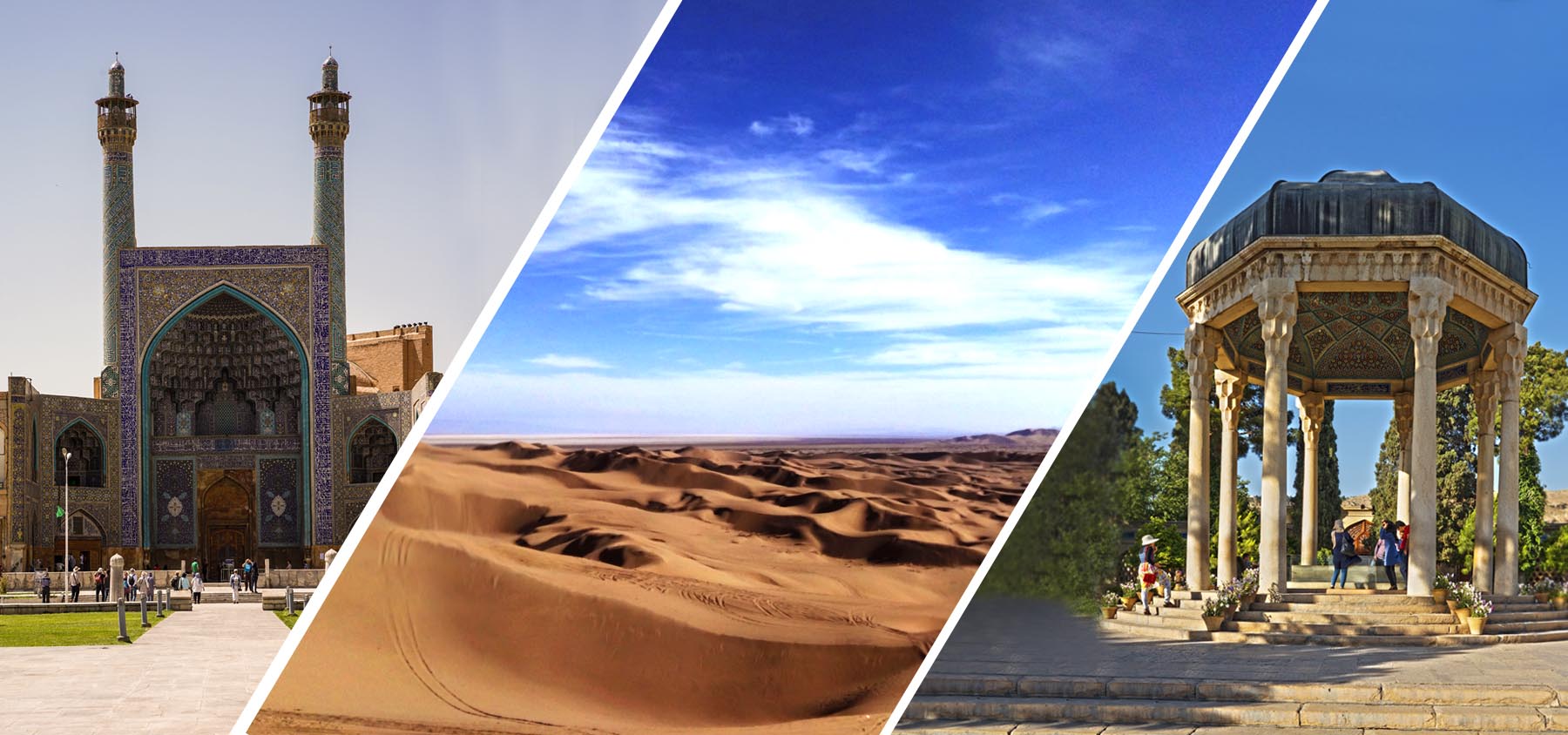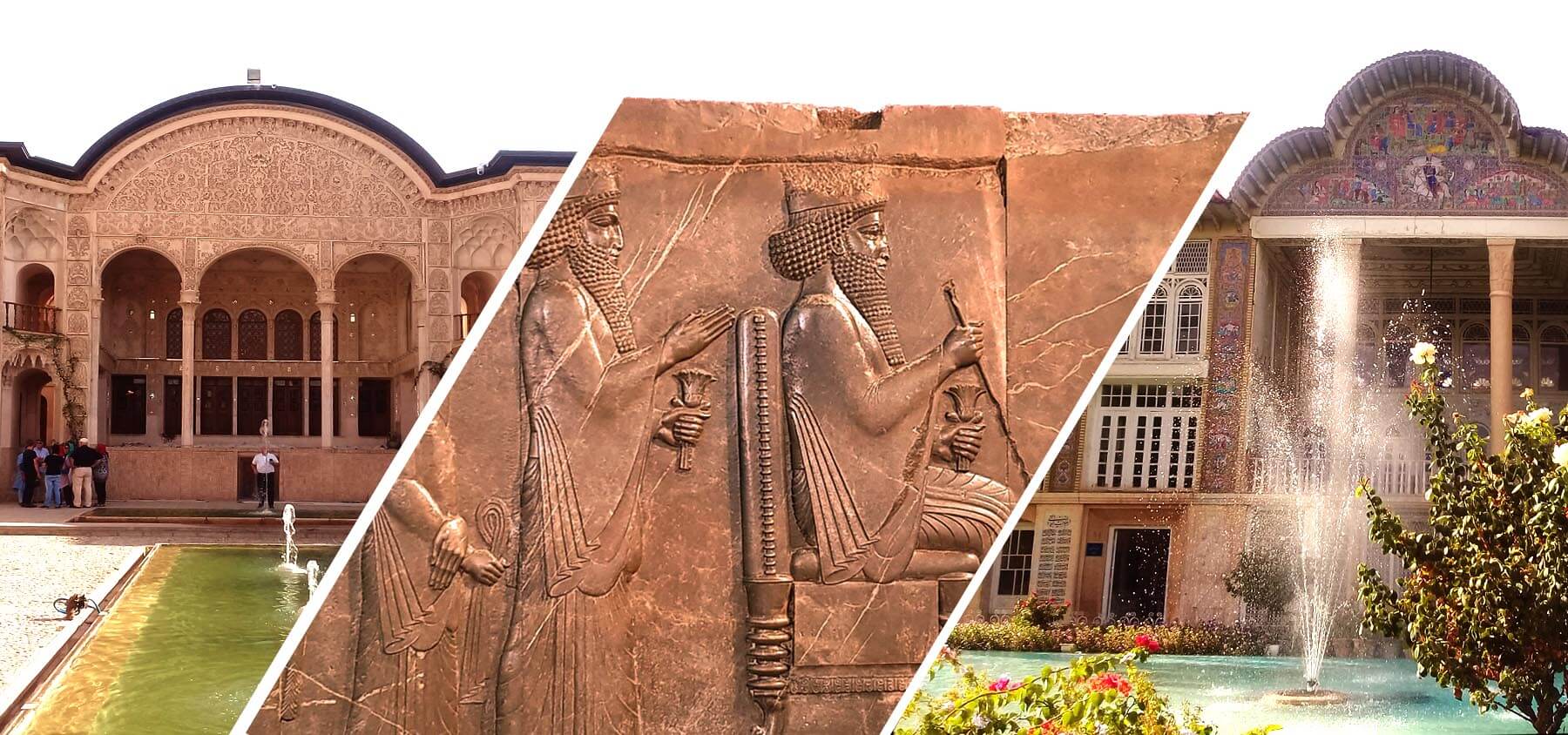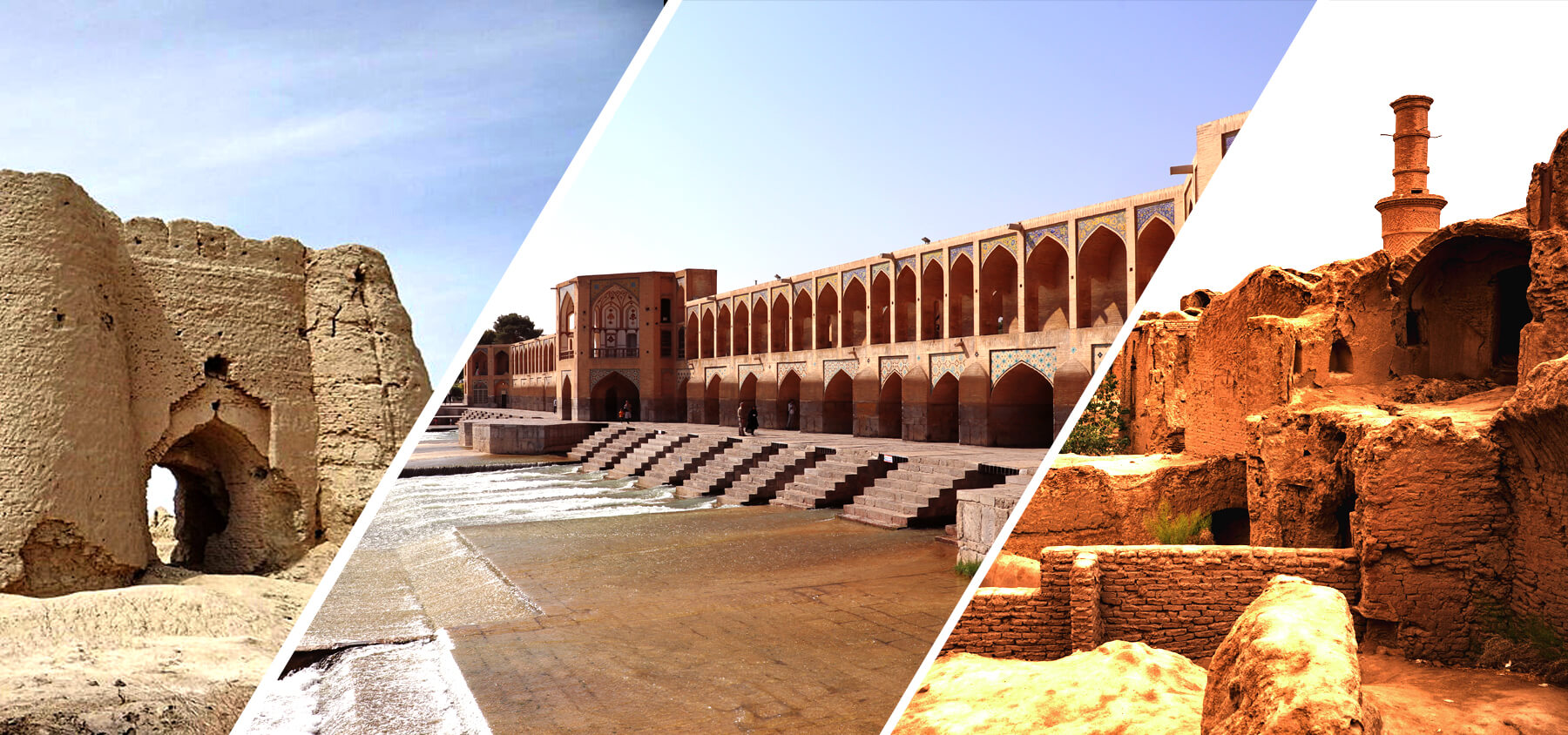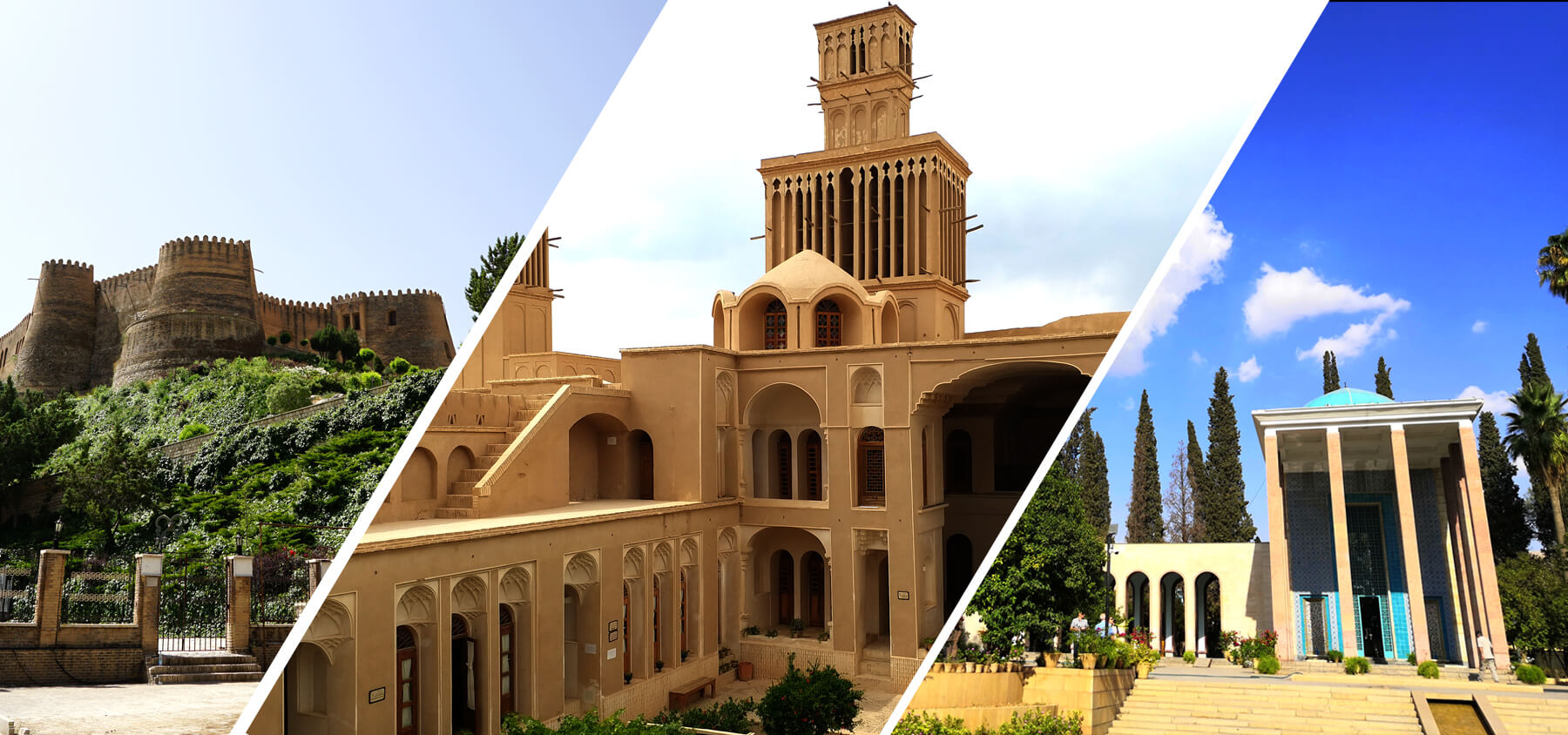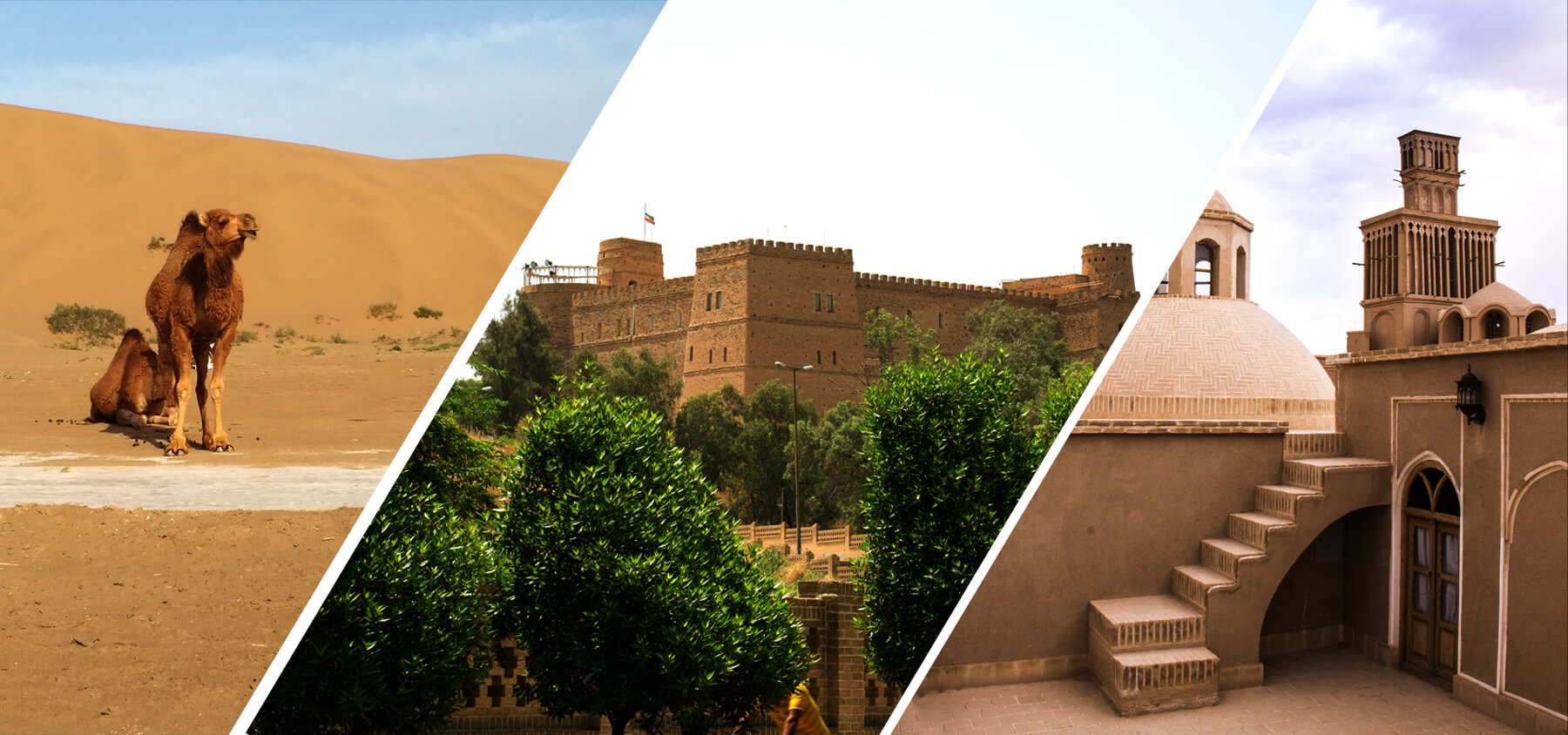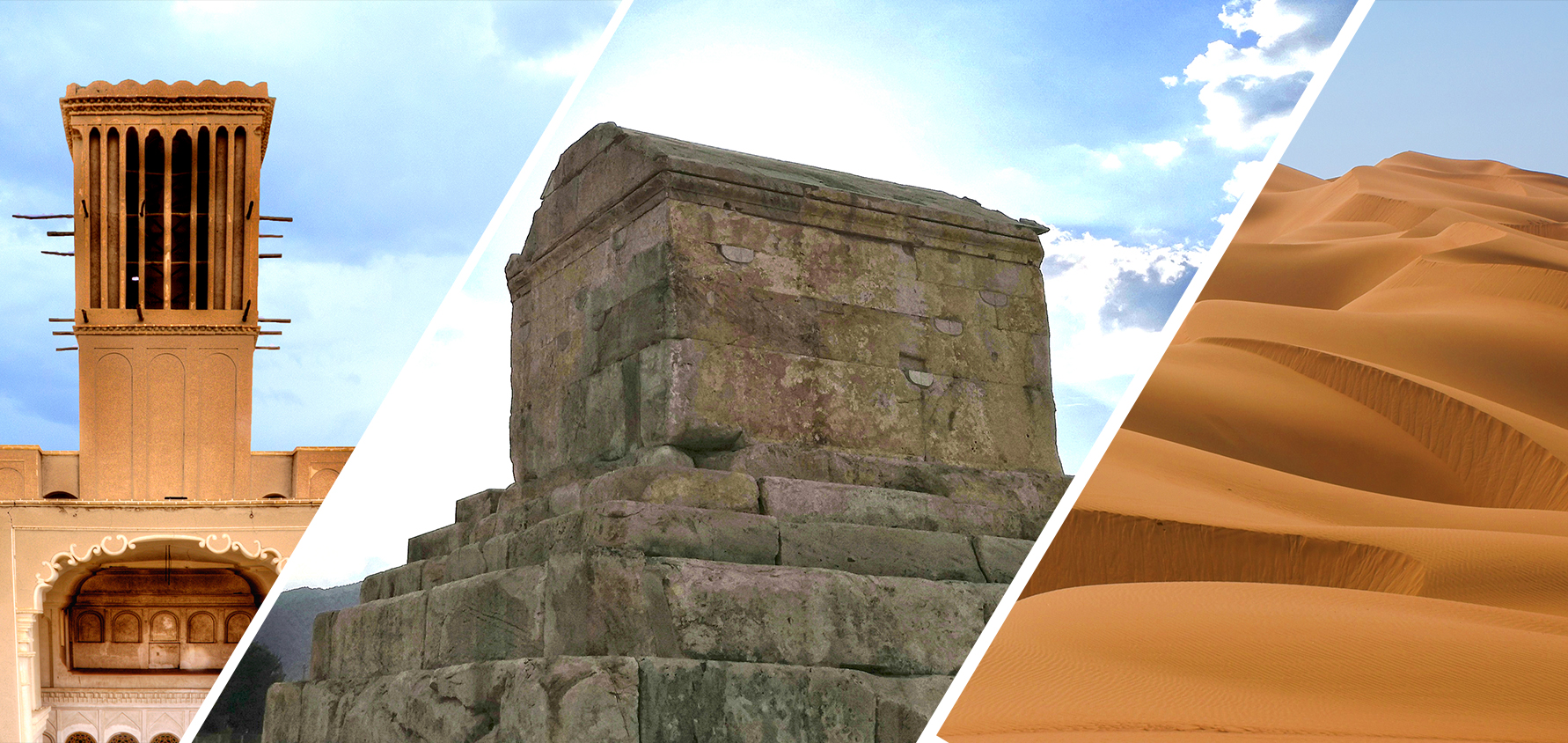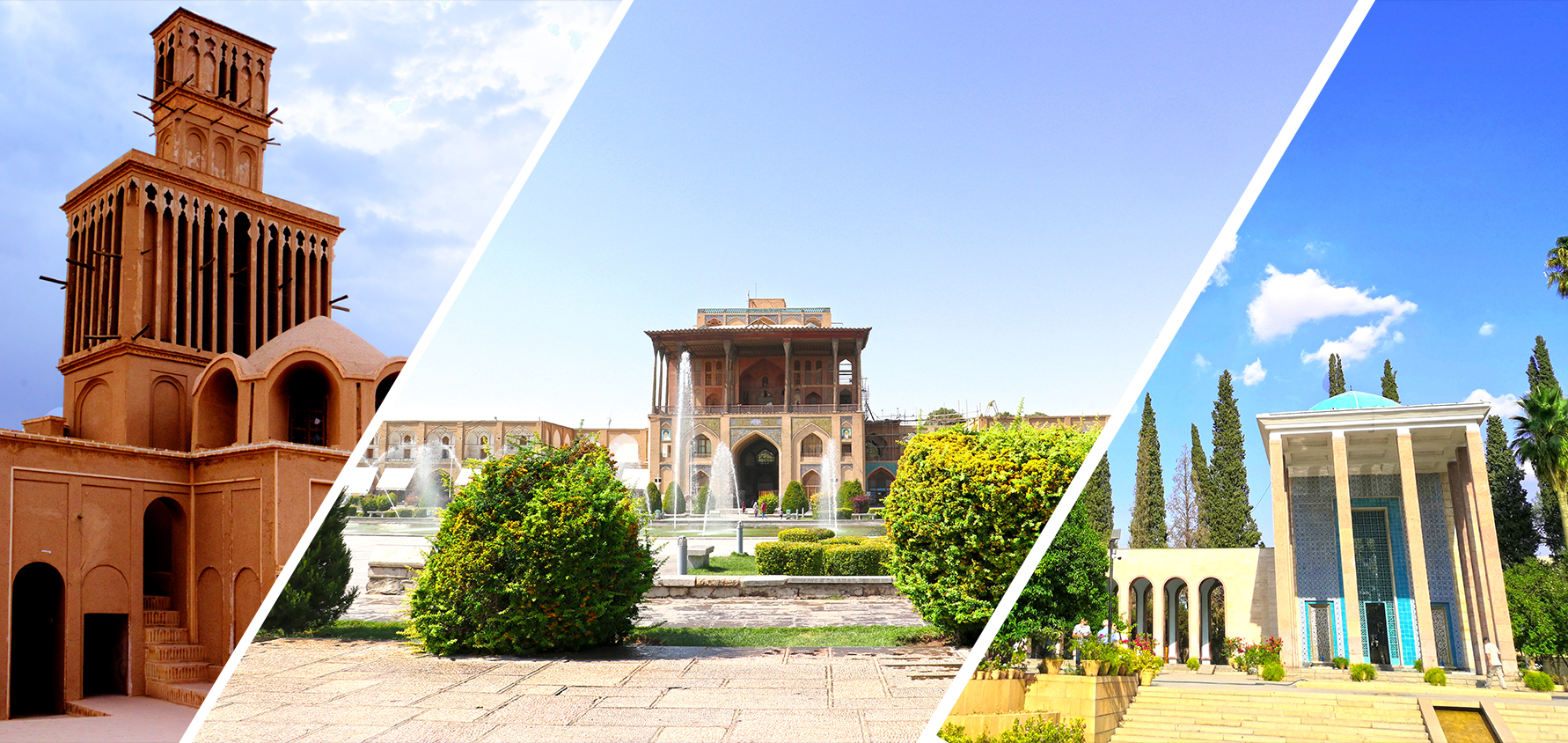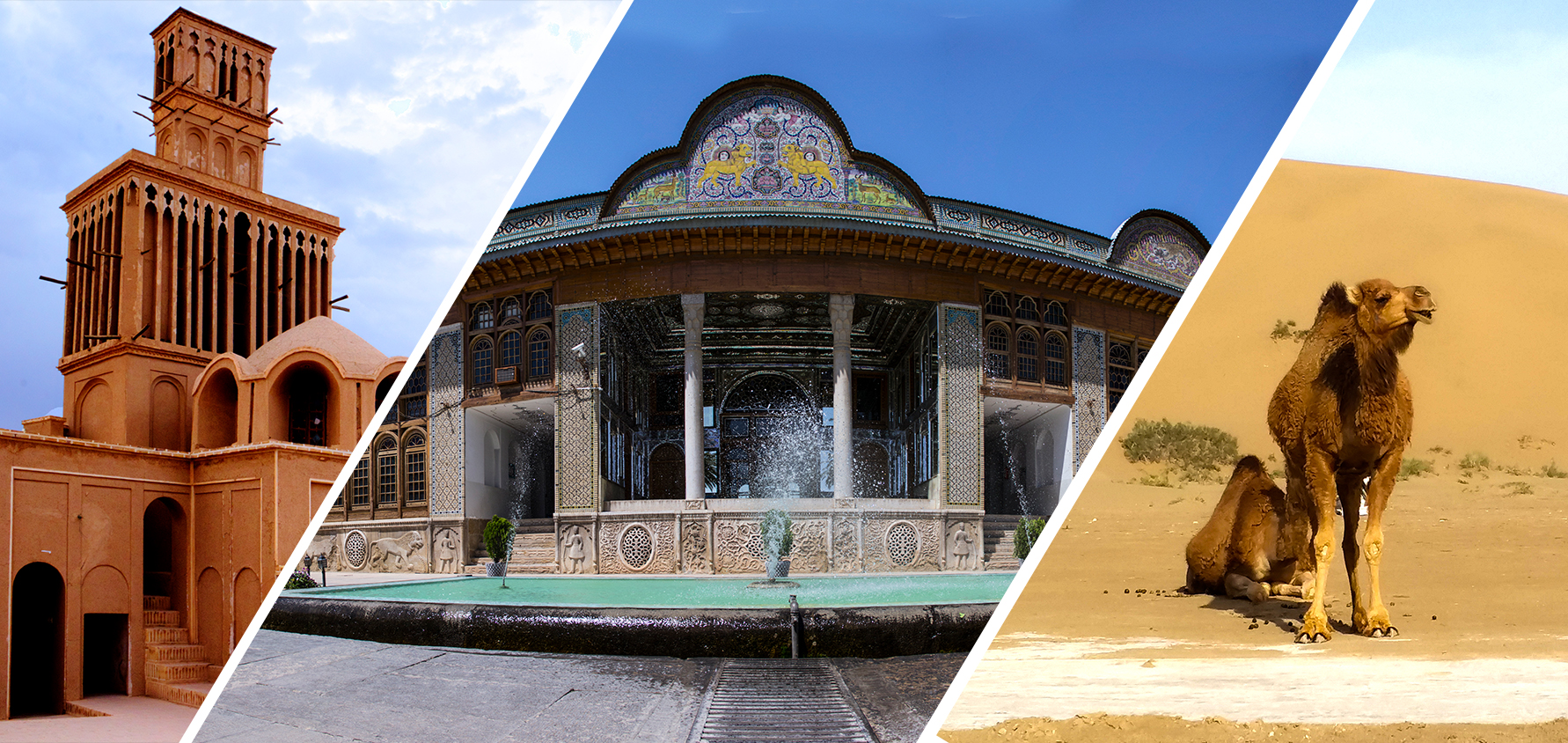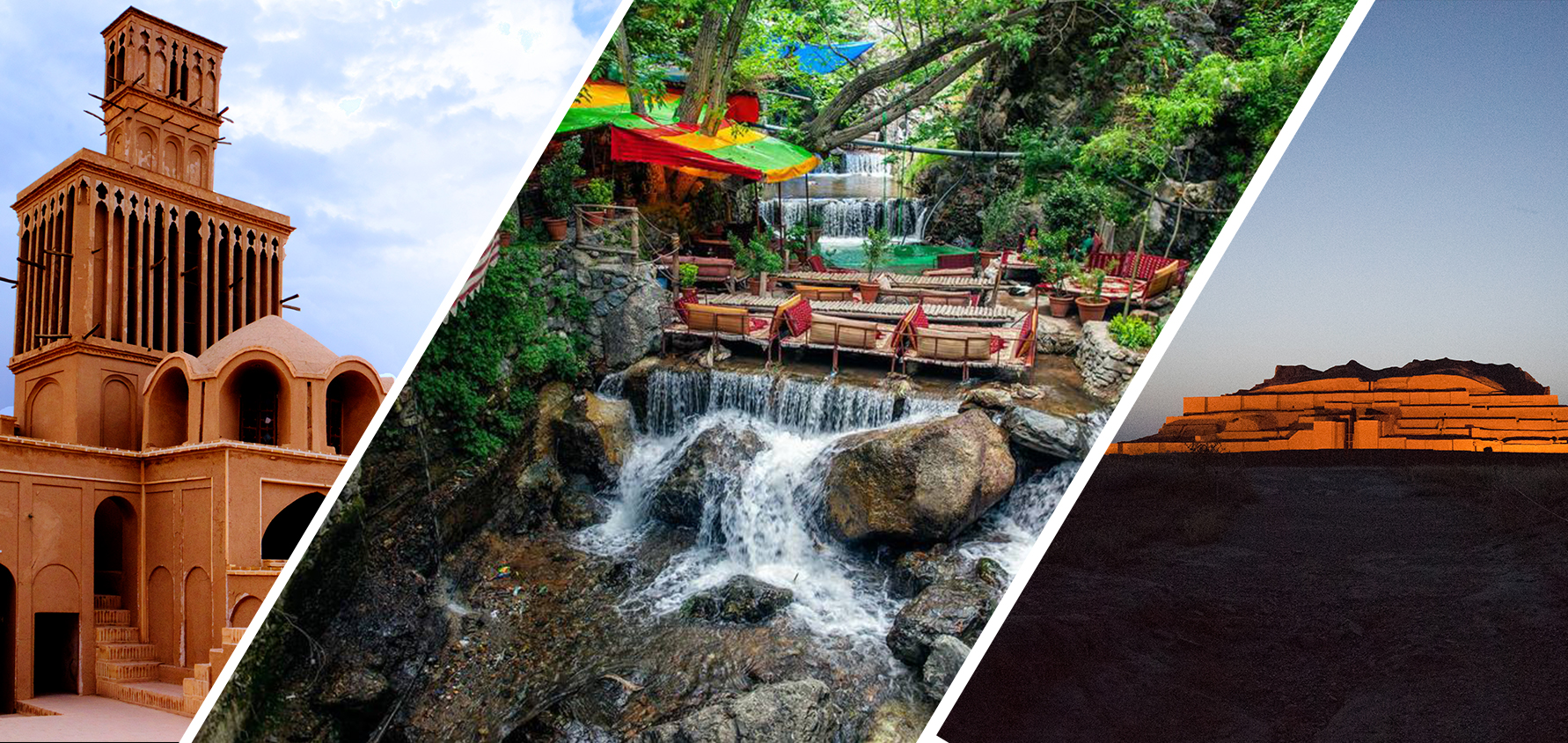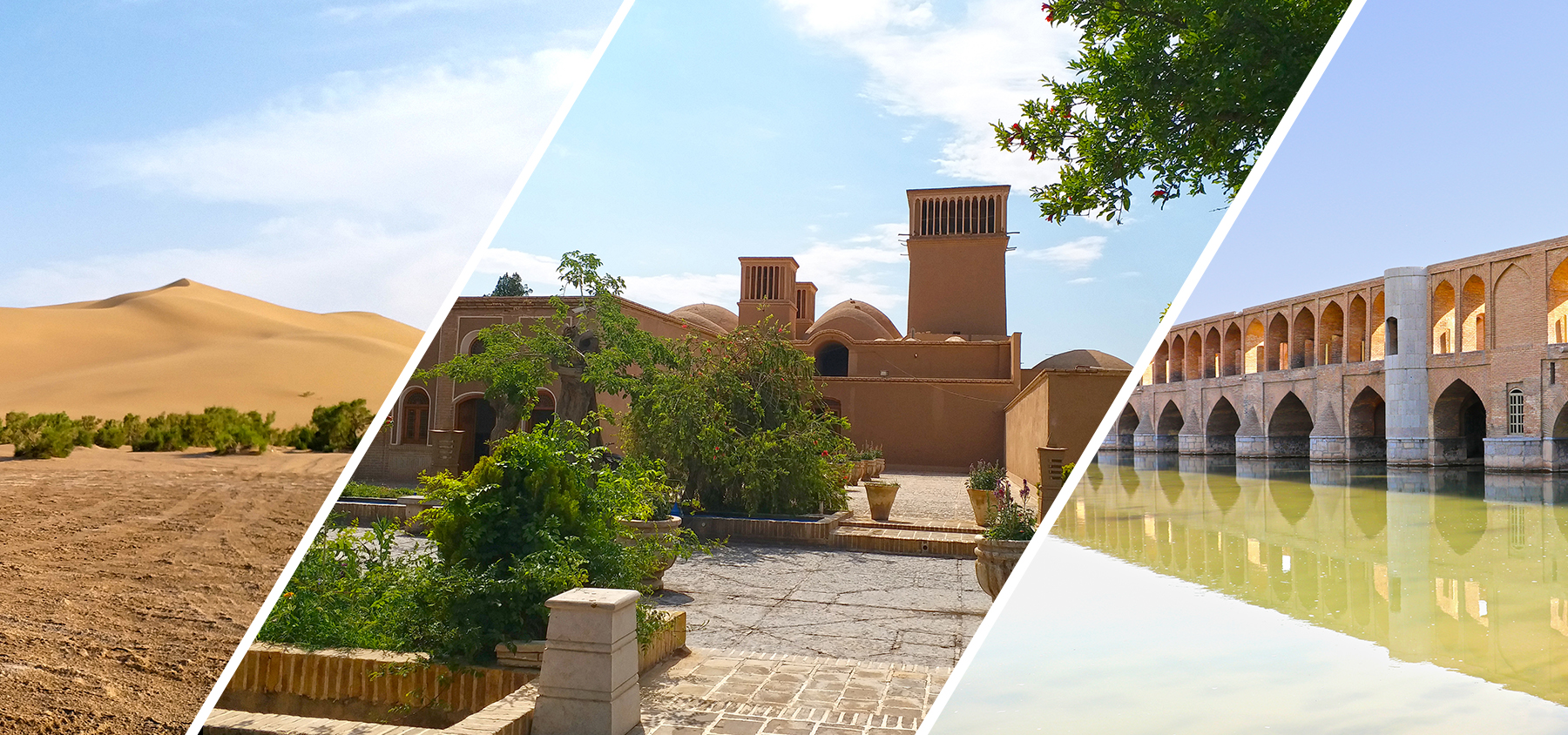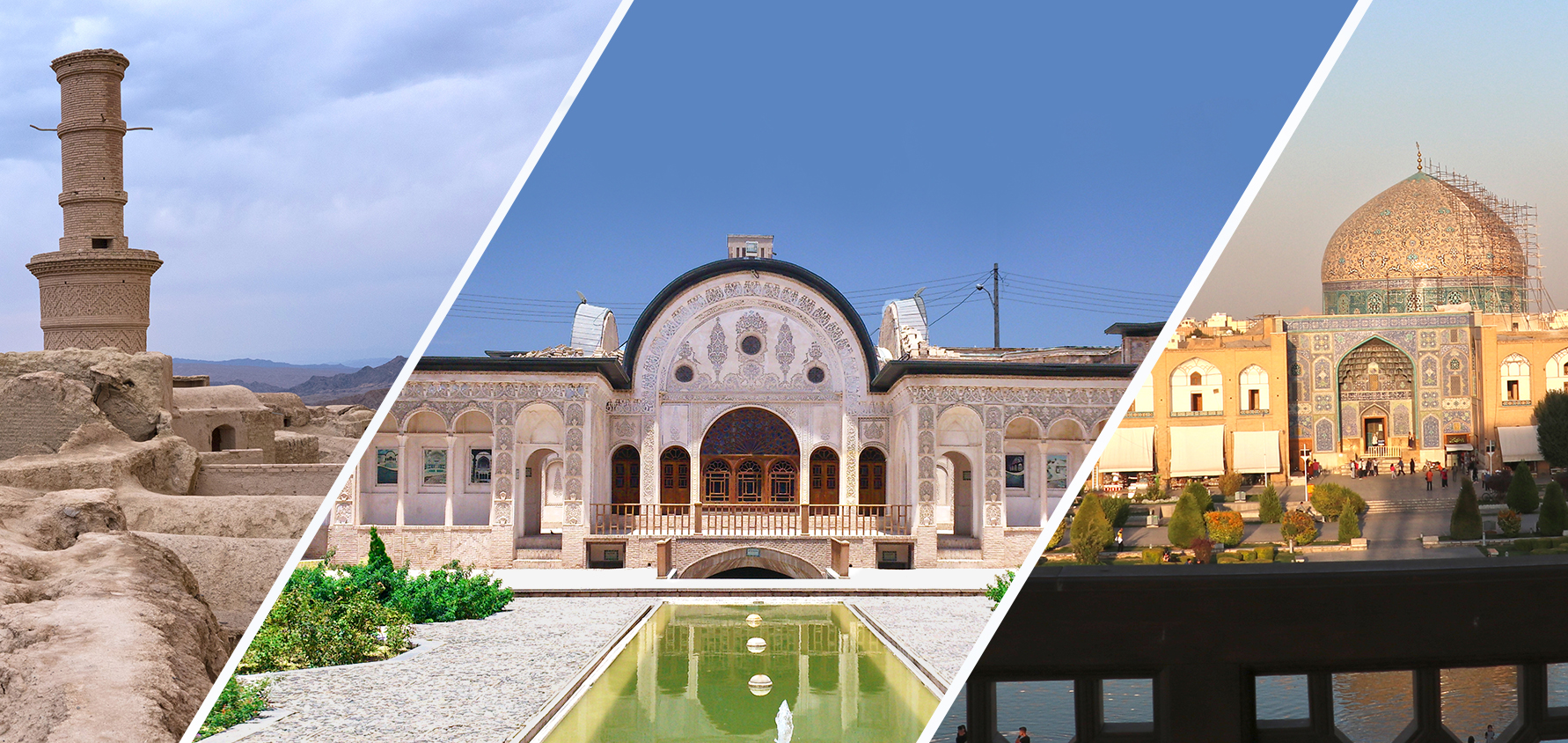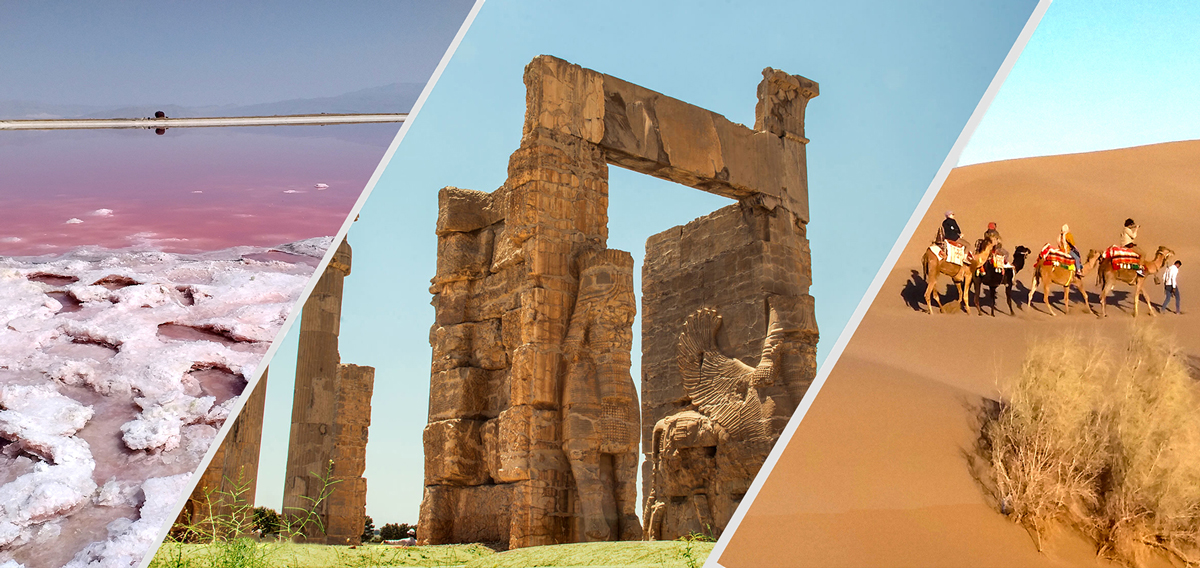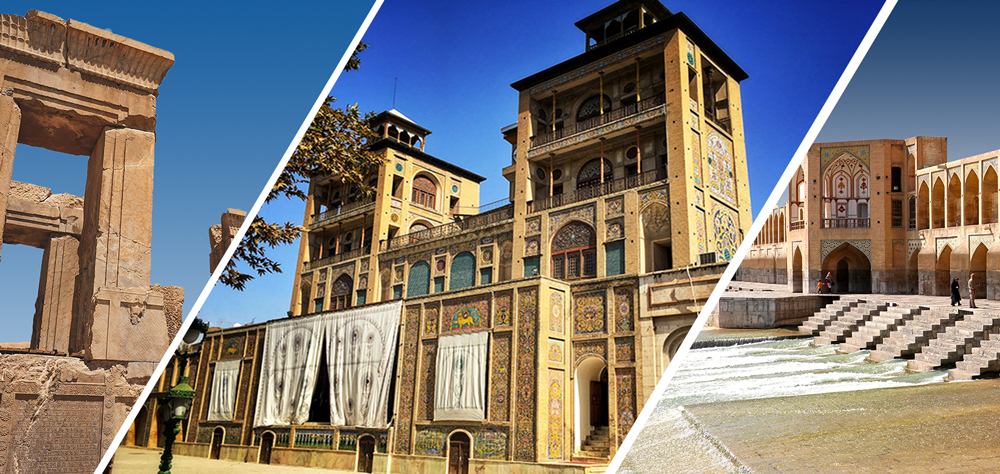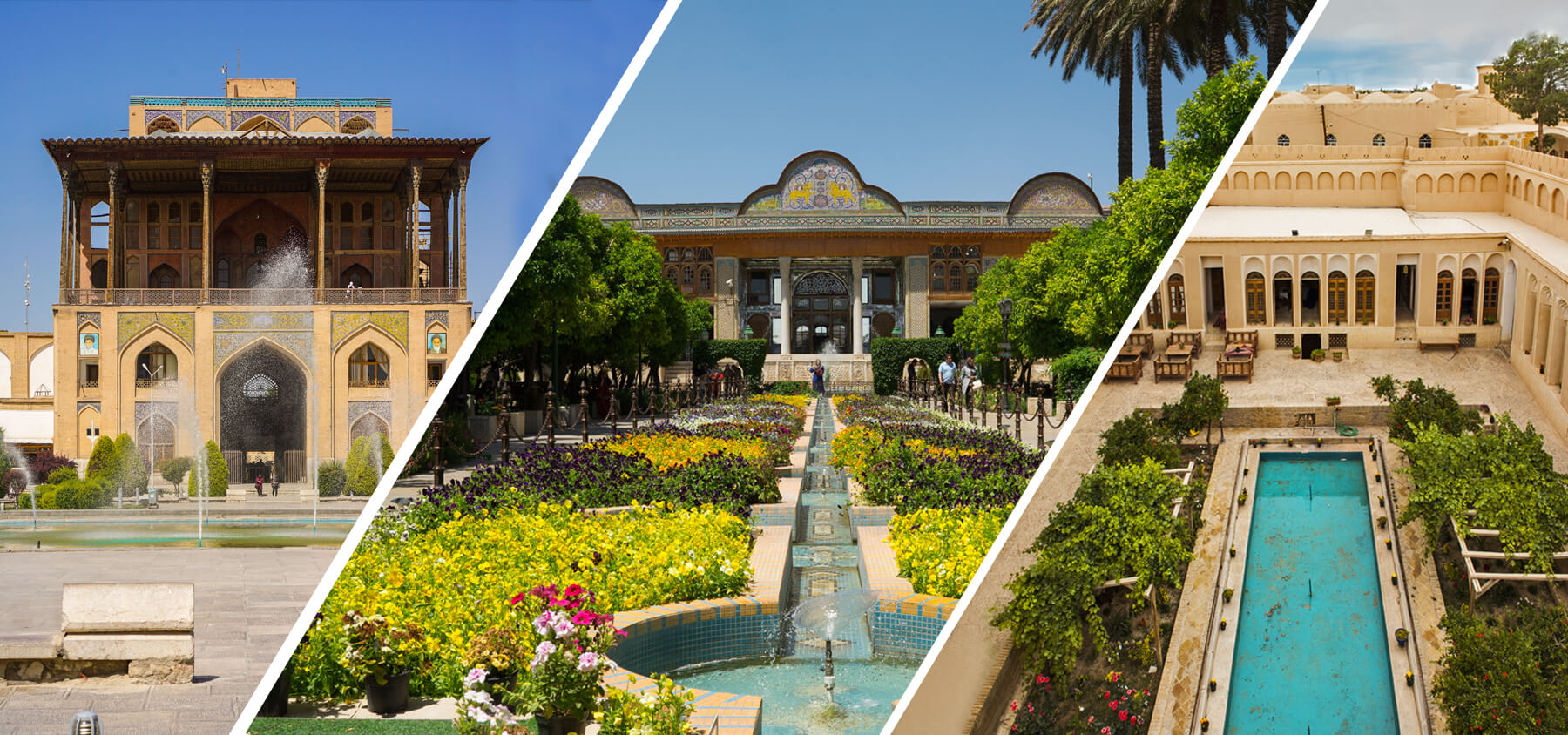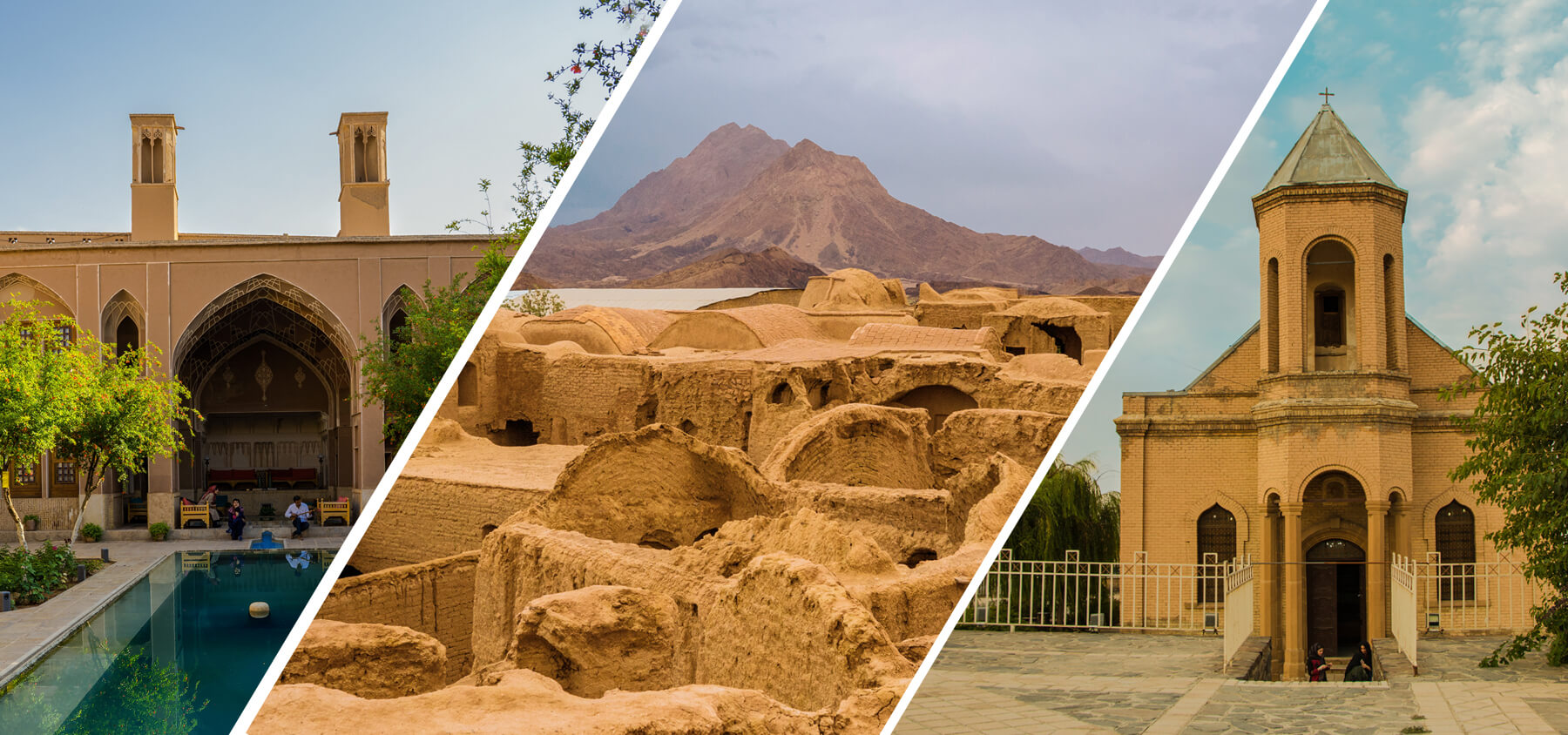Naein:
Right on the eastern outskirts of Isfahan province, there is a more than 3,000-year-old historical city called Naein(Nayin) that shines like a jewel among the golden sands of the Isfahan desert and glorifies the glory of its golden age. The date of the original construction of the city dates back to pre-Islamic times. The validity of this claim, in addition to the writings of ancient historians and geographers, hinges on the local dialect of the Naein. This dialect is still common. The people of Naein speak a language that is the remnant of the ancient language of Iran.
There are many theories about the origins of the city’s name. One of them indicates that a city called Hom was located near present-day Naein, which had Zoroastrian peoples. A man named Nain, the son of Noah, conquered the city and built a city near Hom called upon his name, and over time eventually, it became Naein.
Currently, carpet weaving is quite effective in the economy of Naein city and carpet trade and other matters related to this industry are the main occupation of its people. Nayin’s handicrafts include handmade carpets, robes, canvas, and dates. Nain’s delicious souvenirs include pistachios, wheatgrass, rice, local dairy products, and other therapeutic souvenirs, including tragacanth and herbal medicines.
Naein’s attractions:
Naein Grand Mosque (Alavian Mosque):
The mosque is one of the few early mosques with a nave that has undergone little change and has retained its original form to this day. Its original building was built in the ninth century BC, which now forms a large part of the current mosque. It should be noted that according to the historical documents found in this building, the Naein Grand Mosque is the second largest mosque in Iran in terms of antiquity. The dome of the Grand Mosque is considered as the tomb dome of the Seljuk elders and mystics, which was built in the fourteenth century BC.
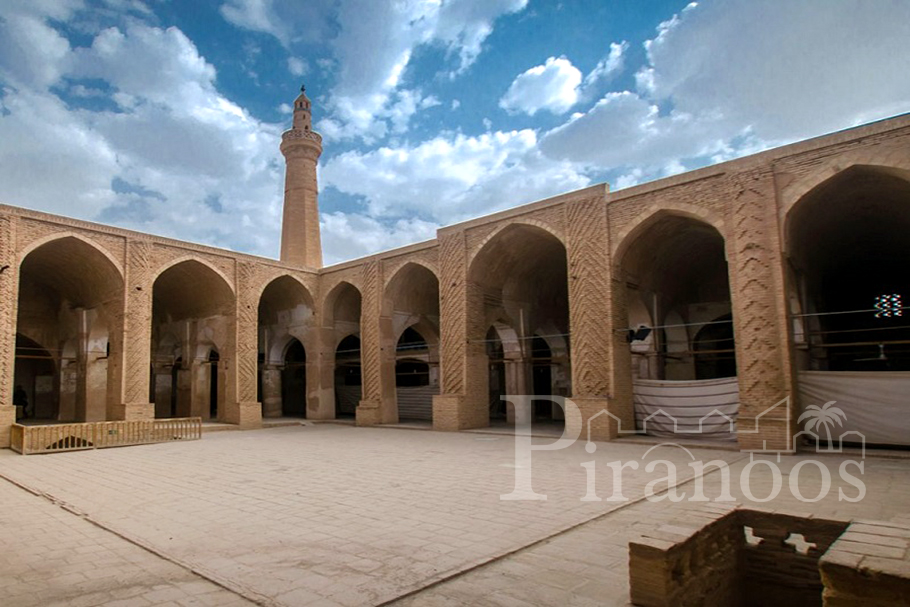
Naein Historical Bazaar:
The most important main thoroughfare and commercial center of Nain city in ancient times were the historic Naein Bazaar, which passes through the historical fabric of the city. The entrance of the bazaar is one of the old gates of the city. The original structure of bazaar has been formed and developed in various historical periods such as Ilkhanate era (13th century BC) but its greatest prosperity during the Safavid era. The historic Nain Bazaar has two caravanserais and docks, and its large caravanserai is located right after the historic gate on the right side of the bazaar, with only the entrance now remaining.
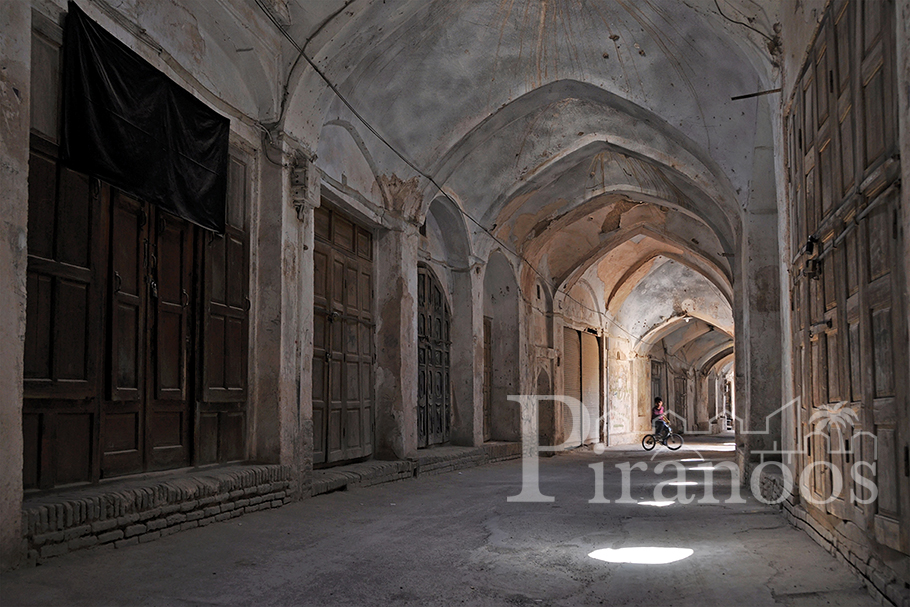
Pirnia Historical House:
Pirnia historical house is considered as one of the most important traditional houses in Naein city, an important architectural and artistic model of the historical houses of the region and the central desert of Iran. The building consisted of several houses, each with a different and special application. Including interior, exterior, backyard, etc. This house belonged to the ruler of Nayin. The most important artistic feature of Pirnia Historical House is the existence of murals and its beautiful beds, which were located on the porch of the royal residence, the ceremonial room, and the special ruling room.
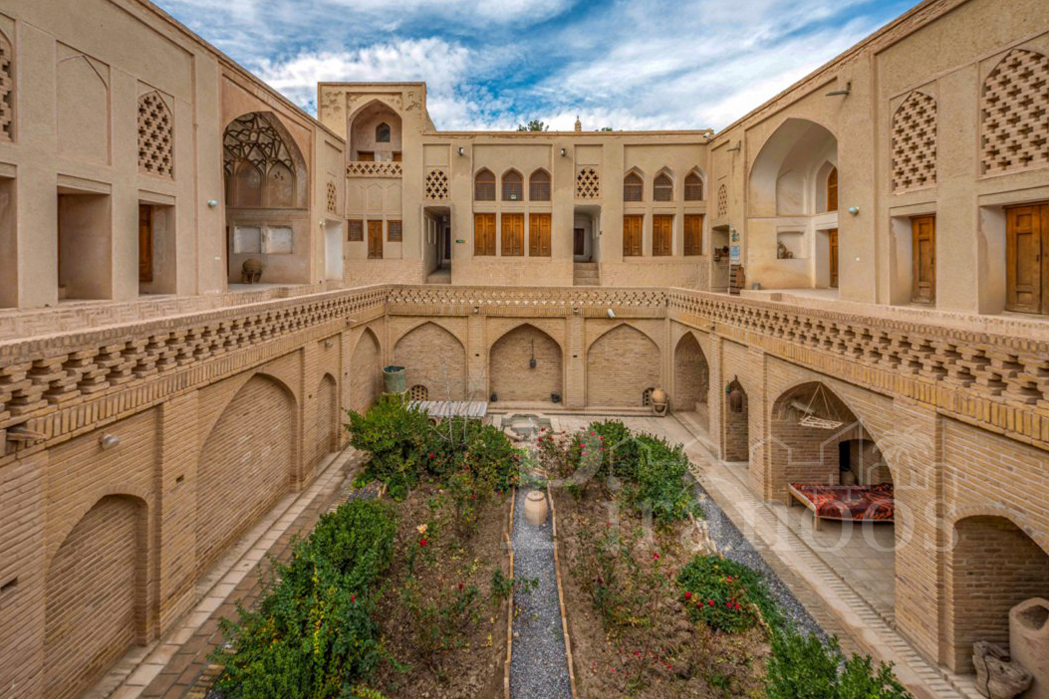
Naein Anthropology Museum:
The Naein Desert Anthropology Museum is located in the historic Pirnia House, where visitors learn about the culture of the desert people through objects, accessories, agricultural implements, military equipment, clothing, handicrafts, and traditional arts.
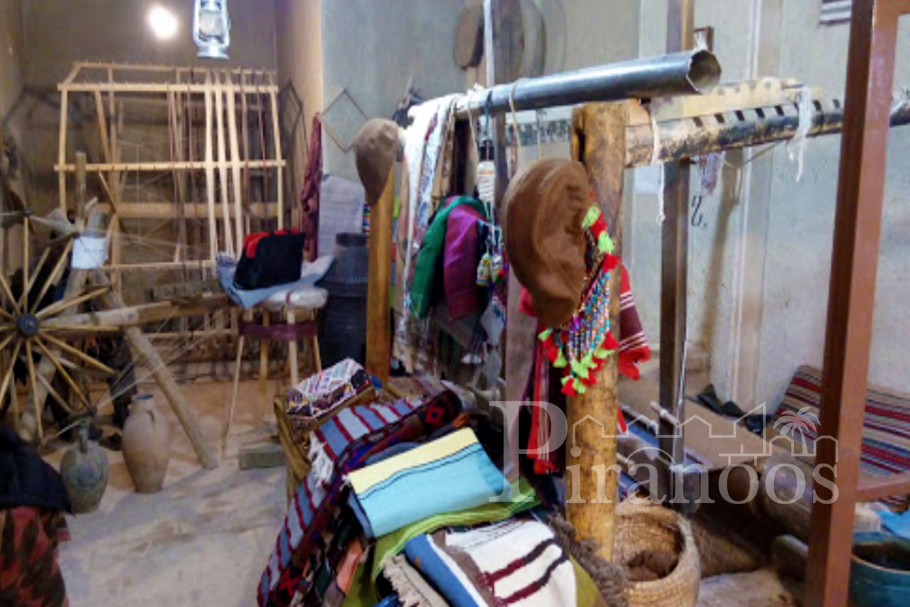
Narin Castle (Orange Castle):
Right in the heart of the desert, there is a magnificent building that tells the story of ancient times. The historic castle is called Narin Castle, or Orange Castle, and there are many speculations about its antiquity; there is a famous legend that considers Narin Castle as a famous white fortress in Shahnameh.
It is interesting to know that the castle dates back to the Parthian period according to the documents found, and also the most historic attraction of this castle is full of mysteries.
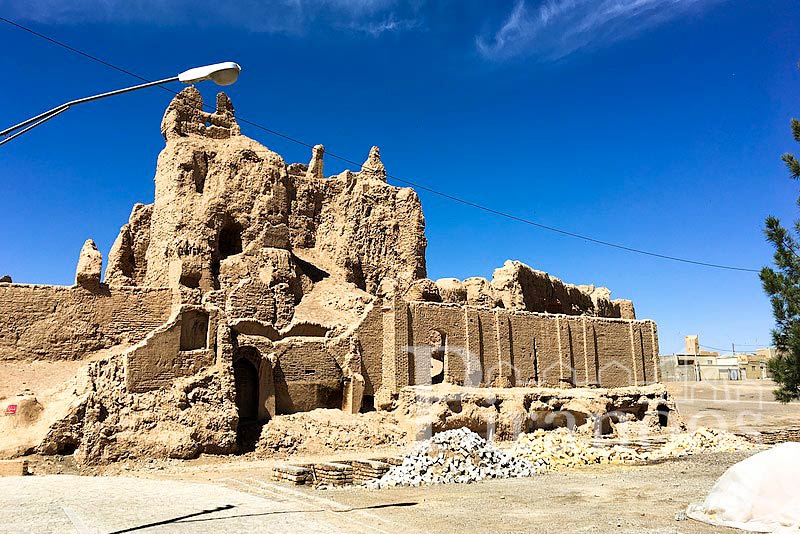
Fatemi Historical House:
The historical building of Fatemi House is located in Noabad neighborhood and next to the historical bazaar of Naein city. This building is considered as one of the most important traditional houses of Naein city and is currently being restored in the ownership of Naein cultural heritage and tourism department. The history belongs to the Fatimid dynasty in Naein and its construction dates back to the Qajar period and shortly before.
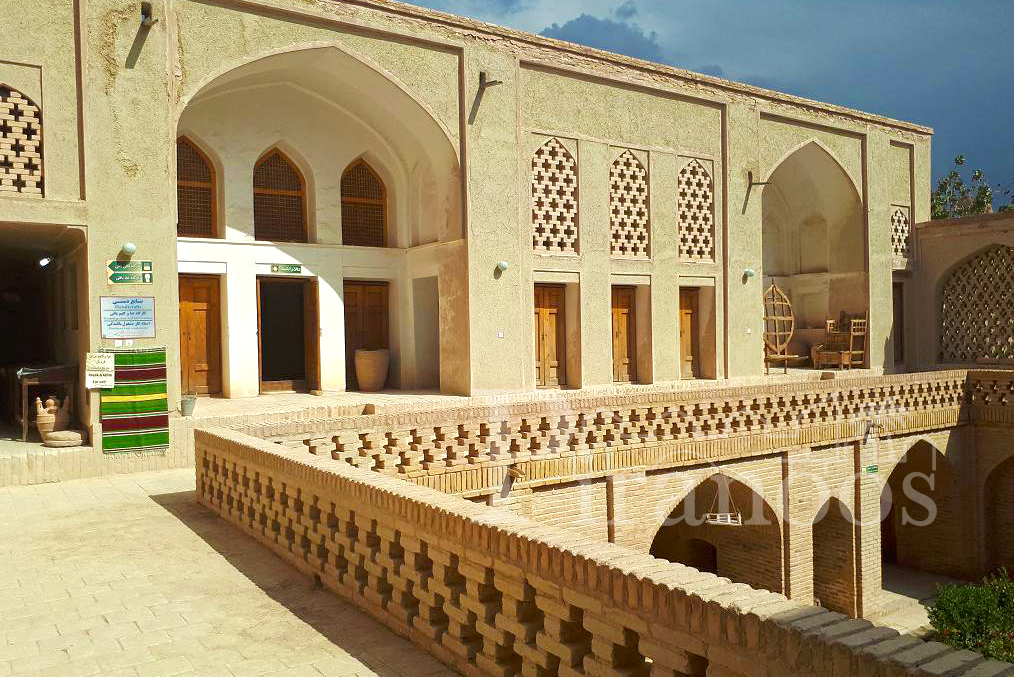
Baba Abdullah Historical Mosque
The historical monument of Baba Abdullah Mosque was originally a dome of the Ilkhanate period and then the mosque was developed next to it. Baba Abdullah Mosque was built in the late fourteenth or early fifteenth century BC, with an inscription from 1400 BC. The mosque is located in an alley that connects to the old bazaar. The mosque has a large and huge dome and there are a number of graves belonging to the elders and mystics of the Ilkhanate period under this dome.
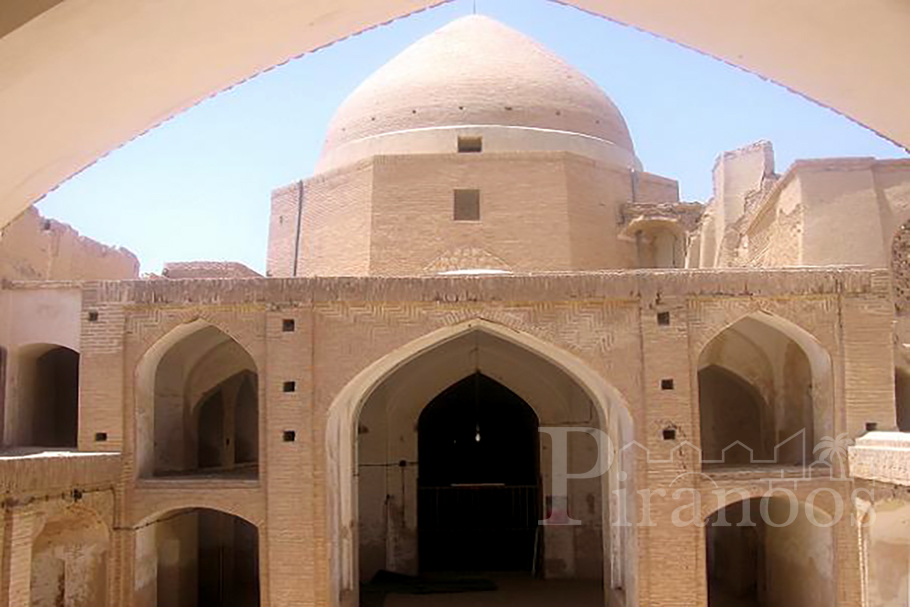
Rigare water mill:
Rigareh water mill in Mohammadiyeh is considered as one of the architectural and artistic masterpieces of Naein. The main entrance of the mill is created at a depth of three meters under the ground. In the main area of the mill, at a depth of 25 meters, we encounter various spaces, including rooms, stables, and the location of millstones.
Historic refrigerators:
The most important source of ice storage in desert areas is the old buildings as a refrigerator, which is one of the most important features of the architectural background in Naein. Refrigerator building generally consists of three parts: a long shading wall, ice production ponds, an ice tank. The materials used in this building are mostly raw clay and mud because in addition to being the most durable material in a desert building is also the best heat insulation from the outside to the inside.
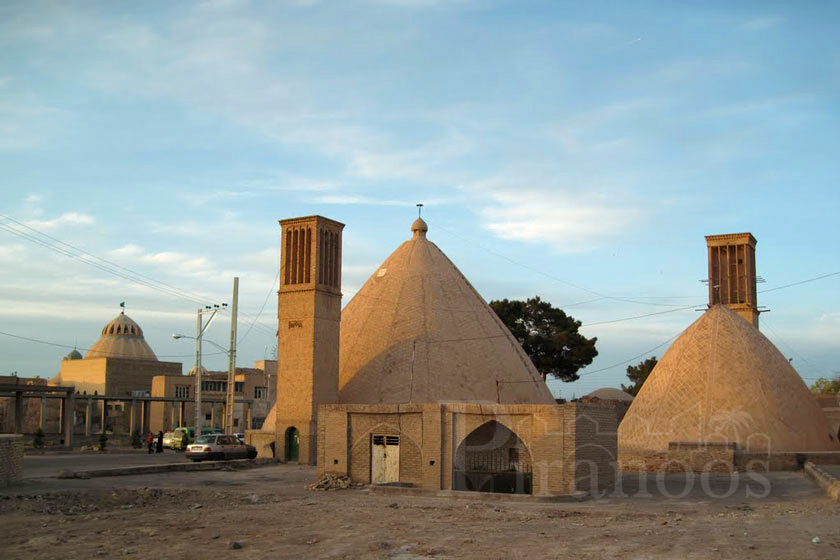
Sepero Fire Temple:
The Sepero Fire Temple is located in the village of Sepero, 30 km northwest of the city of Naein, above Shirkuh. The fire temple, also known as “Chahardari” by the locals, has been inscribed on the Sassanid-era antiquities list and is currently being restored.
Persian Carpet Tour

Iran UNESCO Sites in 40 Days

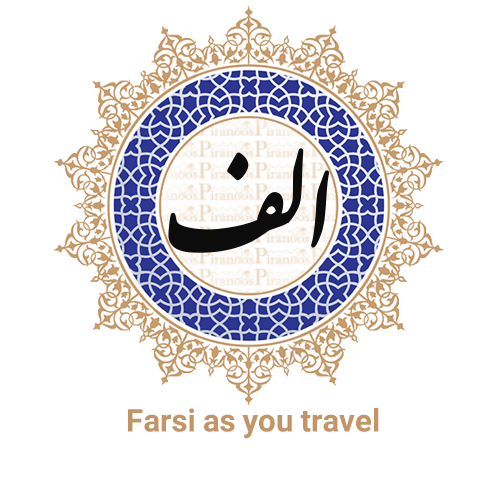
A Month in Iran


Sand & Sea


Forty Days & Nights


Central Iran + Desert Expedition – 8 Days

Southwest to Center + Desert Expedition -14 Days

Golden Cities with Mesr Desert – 11 Days

A Glimpse of Iran – 14 Days

Central Iran – 8 Days

Golden Cities – 11 Days

Center to West – 17 Days
Center to West with Desert Expedition – 17 Days
Classic Tour With Desert – 11 Days
Classic tour – 11 Days
Tehran to Dezful + Desert Expedition- 14 Days
Tehran to Dezful – 14 Days
Capital to Center of Iran with Desert Expedition – 8 Days
Capital to Center of Iran- 8 Days
Center of Persia + Desert in 12 Days
Best of Iran+ Desert in 12 Days
The Glory of Iran -17 Days

From Ancient Cities to The Heart of Desert – 17 Days

